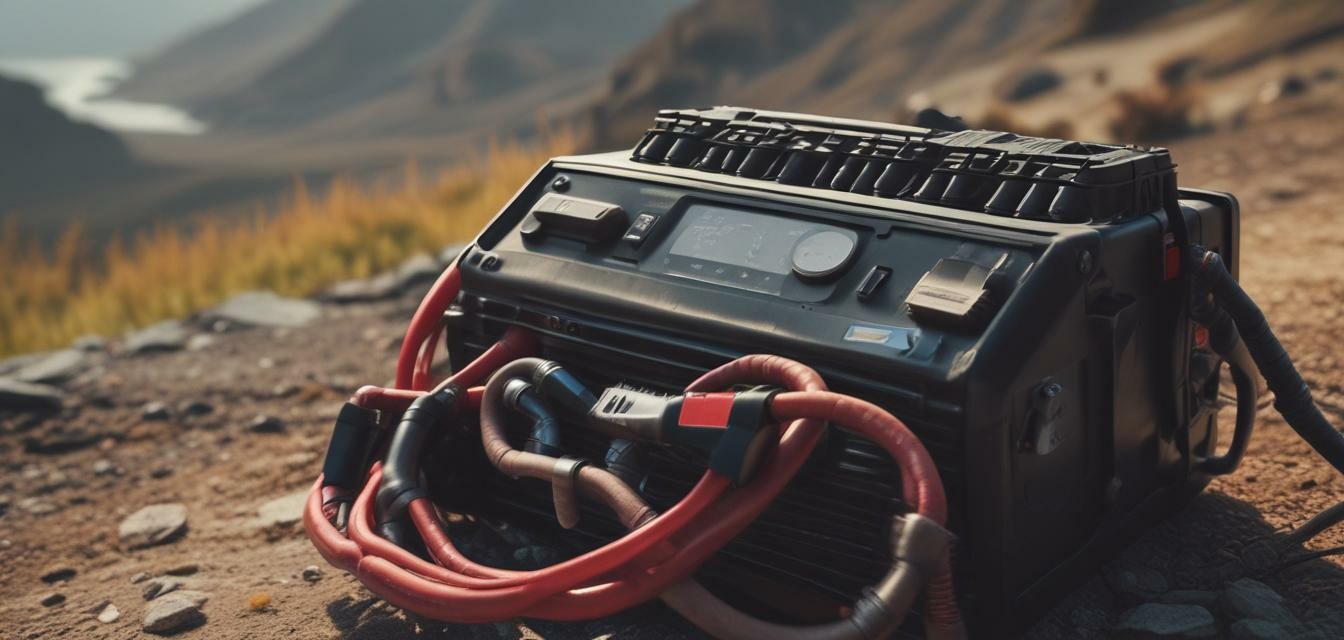
How to Choose the Right Jumper Cables for Your Vehicle
Key Takeaways
- Choose high-quality materials for durability and reliability.
- Look for sufficient length to reach other vehicles easily.
- Check the gauge of the cables for optimal power transfer.
- Consider safety features like heat resistance and robust clamps.
- Convenient storage options can make a significant difference.
Jumper cables are an essential tool for every vehicle owner, especially for those who embark on adventures. These handy accessories can get you back on the road quickly when your battery dies. However, not all jumper cables are created equal. In this guide, we’ll explore the vital features to consider when selecting the right jumper cables for your vehicle to ensure reliability and performance.
Understanding Jumper Cables and Their Importance
Jumper cables, also known as booster cables, are used to connect a dead battery to a functional one, allowing your vehicle to start. Having the right cables can make a significant difference in emergency situations. Here are some key considerations:
Why Are Jumper Cables Important?
- They provide a quick solution for dead batteries.
- Essential for adventure vehicles that may face unexpected challenges.
- Help in emergency situations, avoiding costly towing fees.
Key Features to Look For
When choosing the perfect jumper cables for your vehicle, keep the following features in mind:
| Feature | Description |
|---|---|
| Length | A minimum of 16 feet is advisable to reach between vehicles comfortably. |
| Gauge | The lower the gauge number, the thicker the wire; for best performance, choose a gauge between 4 and 8. |
| Clamps | Heavy-duty clamps with strong grips are essential for secure connections. |
| Material | Look for cables made from copper or a copper-clad aluminum for better conductivity. |
| Insulation | Ensure cables are insulated to minimize risks of electric shocks. |
Recommended Product: TOPDC Jumper Cables
TOPDC Jumper Cables Heavy Duty 0 Gauge 20 Feet
These jumper cables boast a long reach, are crafted for durability, and provide excellent electrical conductivity.
Learn MoreTips for Usage
How to Safely Use Jumper Cables
- Ensure both vehicles are turned off before making connections.
- Connect the positive terminals first, followed by the negative.
- Once the dead vehicle starts, remove the cables in reverse order.
- Double-check that clamps are securely placed to prevent sparking.
Conclusion
Investing in high-quality jumper cables is a small price to pay for peace of mind while adventuring. Remember to look for the right features to ensure reliability and performance when choosing the right jumper cables for your vehicle. With the right cables in your toolkit, you can face any battery predicament with confidence.
Pros
- Reliable connection for starting vehicles.
- Portable and easy to store when not in use.
- Durable materials increase longevity.
Cons
- Can be cumbersome if not stored properly.
- Some cheaper cables can be less effective.
Explore Related Resources
For further knowledge, check out our other guides:

